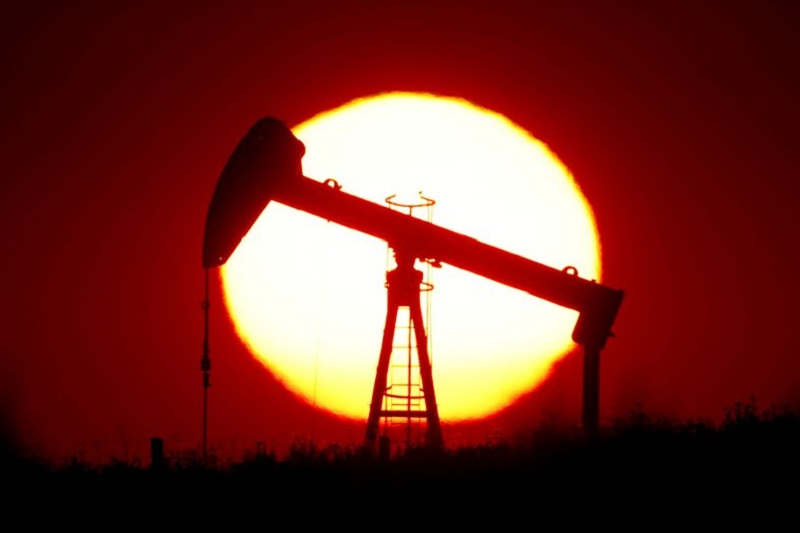By Peter Nurse
Investing.com -- Crude oil prices traded in mixed fashion Thursday, handing back earlier gains that were based on a further reduction in U.S. stockpiles and an agreement by top producers to maintain supply curbs.
By 10:05 AM ET (1505 GMT), Crude Oil WTI Futures futures were up 0.1% at $55.77 a barrel, after closing Wednesday at the highest level in more than a year, while Brent futures were down 0.3% at $58.53 a barrel, having earlier hit their highest since February last year.
Gasoline RBOB Futures were down 0.9% at $1.6395 a gallon.
The Organization of the Petroleum Exporting Countries and its allies, a grouping known as OPEC+, decided to extend its current policy of curbing its supply of crude at a meeting on Wednesday.
The group, led by Saudi Arabia, has instigated deep supply cuts for many months in order to try and keep the oil market in balance given the severe hit to demand caused by the year-long coronavirus pandemic.
The OPEC+ Joint Technical Committee meeting was positive, noted analysts at ING, with the group expecting commercial stocks in OECD countries to fall below the 5-year average by the time we get to June.
“This is largely aligned with our price outlook, where we expect to see further upside in oil prices over the second half of this year,” ING said, in a research note.
Looking at the U.S., stockpiles are already falling, with Wednesday’s report from the Energy Information Administration detailing a draw of 994,000 barrels, meaning crude oil stockpiles are now at their lowest levels since March last year.
That said, prices are struggling to break through key resistance levels, with Brent, in particular, falling back from the $60/ barrel level.
“Obviously, there are still plenty of demand risks floating around, while on the supply side, there is the issue of Iran, and when we will see Iranian supply growing,” ING added.
In corporate news, Royal Dutch Shell (LON:RDSa) continued the run of disappointing results from big oil, with its fourth-quarter adjusted net income coming in at $393 million, down from $2.93 billion a year earlier and $955 million in the previous quarter.
This follows weak results from the likes of BP (NYSE:BP) and Exxon Mobil (NYSE:XOM), and indicates that recovery from the coronavirus pandemic for the oil and gas industry will take quite some time even as oil prices rise.
